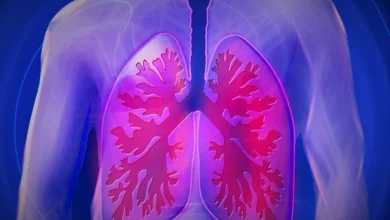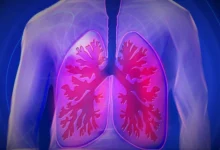Measles Threat: 5 Strong Strategic Interventions to Curb Measles Deadly Resurgence in Pakistan and Asia
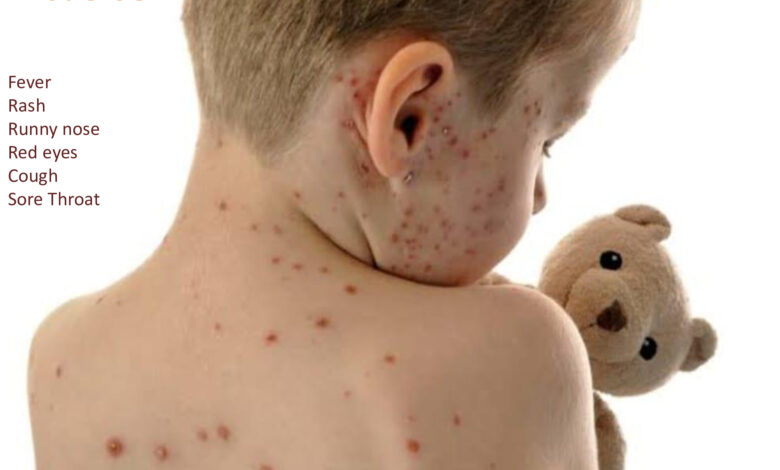
The once-eradicated measles threat is making a concerning comeback in Pakistan and across various regions in Asia, posing a grave public health challenge.
This highly contagious measles threat, which can lead to severe complications and even fatalities, has seen a worrying surge in recent years, underscoring the urgent need for renewed vaccination efforts and public health interventions. Measles is quite easy to replicate and spread primarily caused due to sneezing, coughing and even breathing of an infected person.
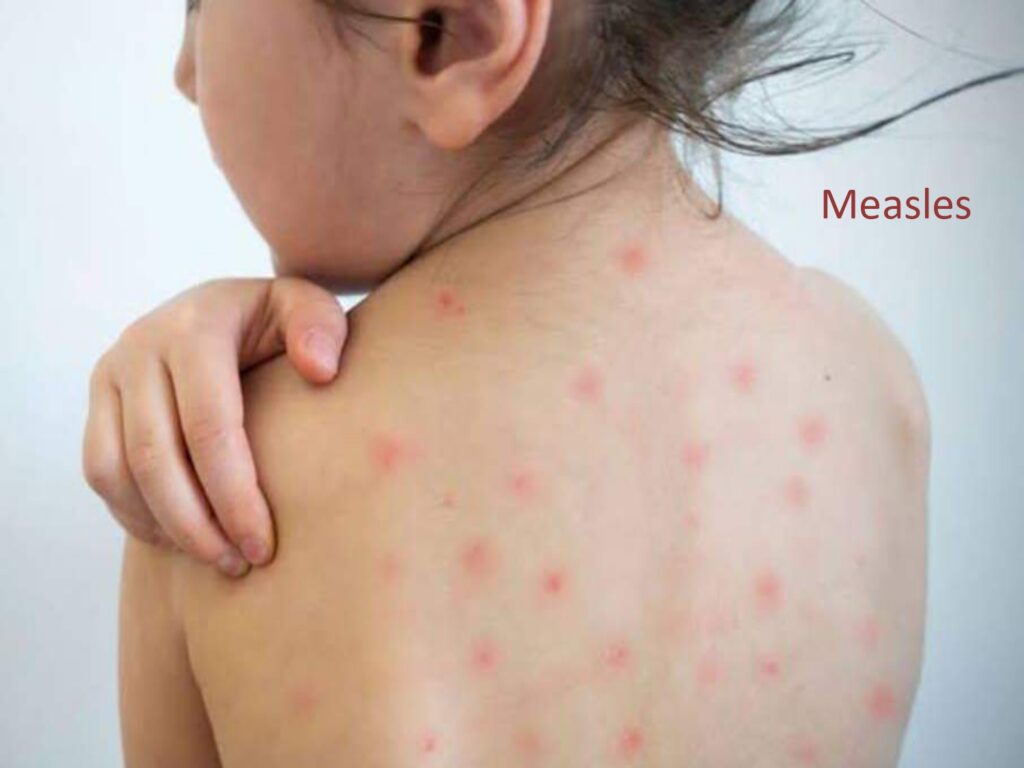
Potential measles threat is caused due to sudden decline in Measles, Mumps and Rubella vaccination to 65% owing to multiple reasons. Pakistan is also considered among top 6 countries with 6199 cases of measles in January 2024.
Measles threat is also taken very seriously because it is a very serious rather deadly air borne disease which is primarily cause due to a virus. Pakistan started Expanded Program on Immunization in 1978 to effectively vaccinate children regarding various lethal and deadly diseases. Globally, 57 million deaths are averted due to effective immunization from 2000 to 2022.
Despite all that even in presence of effective vaccine, 2022 witnessed 136000 measles deaths among fewer than 5 years children which were unvaccinated.
What are signs and Symptoms of Measles?
There are numerous signs and symptoms of measles. Measles symptoms usually exposed after 10-14 days to its attack. Initial symptoms may prolong to 4-7 days. The initial measles threat can be mitigated to effectively identify the main symptoms which are as follows:
- Coughing
- Runny nose
- Red eyes
- Watery eyes
- Little whitish spots erupt inside the cheeks.
- The rash which may initiate after 7 to 18 days of exposure.
It is observed that the majority number of deaths is caused due to the complications of measles cases. The renowned complications are as follows:
- Infections in ears
- Severe diarrhea and dehydration
- Encephalitis
- Blindness
- Breathing issue which may include pneumonia.
Measles threat increases manifold among children earlier than 5 years of age and among adults more than 30 years of age. It more commonly affects children and pregnant women and the people with weaker immune system. Measles itself affect immune system of individual badly which make them more vulnerable towards such infections.
How to Prevent Measles Threat?
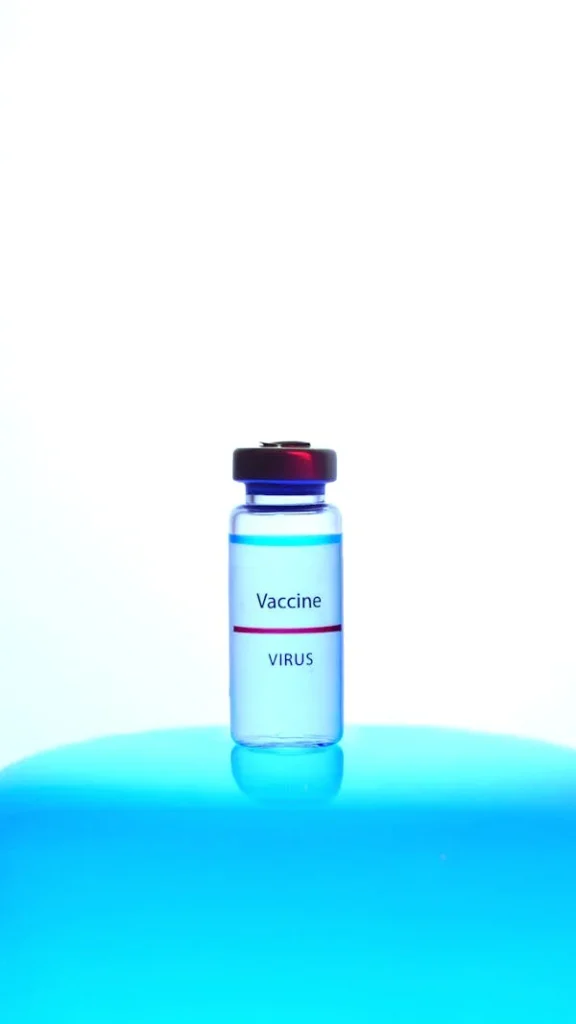
Measles threat could be minimized and controlled through the following ways:
- Through mass public awareness campaigns regarding measles and its deadly effects.
- Mass vaccinations of measles vaccines which are not that expensive rather it may cost only 1$ per dose.
- Every child must receive 2 doses of measles vaccine. First at the age of 9 months and other at age of 15 months.
- Measles in effective if it is given alone and it’s also effective if it is administered along with other vaccine of mumps, rubella and varicella.
- Efforts should be made to make and ensure the strong routine immunization practices especially in countries where the measles threat is hovering around.
The Resurgence of Measles Threat in Pakistan
Pakistan, in particular, has been grappling with a significant measles outbreak, with reports of hundreds of cases and dozens of deaths across the country. The situation is especially dire in regions like Sindh, where outbreaks have been particularly widespread and severe.
The reasons behind this resurgence are multifaceted. One of the primary drivers is the decline in vaccine coverage, as many parents have become hesitant about immunizing their children due to misinformation and misconceptions about vaccine safety. This has led to a growing population of unvaccinated individuals, providing the virus with an opportunity to spread rapidly.
Moreover, disruptions to routine vaccination services, often exacerbated by the COVID-19 pandemic, have further exacerbated the problem. Many children have missed crucial doses of the measles vaccine, leaving them vulnerable to infection.
The Measles Threat across Asia
Pakistan’s measles crisis is not an isolated incident; the problem has been observed across various regions in Asia, including Indonesia, the Philippines, and parts of India. These countries have also witnessed a concerning spike in measles cases, highlighting the regional nature of this public health challenge.
In Indonesia, for example, the Ministry of Health reported over 31,000 measles cases and 280 related deaths in 2022 alone. The situation has been particularly dire in the province of Papua, where vaccine hesitancy and limited access to healthcare have contributed to the spread of the disease.
Similarly, the Philippines have grappled with recurrent measles outbreaks, with the Department of Health reporting over 11,000 cases and 136 deaths in 2022. This is a significant increase compared to previous years, underscoring the need for urgent action.
The Consequences of Measles Threat Outbreaks
Measles is a highly contagious viral disease that can lead to severe complications, including pneumonia, encephalitis (brain inflammation), and even death. Children under the age of 5 years and individuals with compromised immune systems are particularly vulnerable to these complications.
The impact of measles outbreaks extends beyond the immediate health consequences. The disease can also disrupt communities, overwhelming healthcare systems, and causing significant economic and social disruptions.
The costs associated with treating measles cases, managing outbreaks, and addressing the long-term effects can be substantial, placing a heavy burden on already strained public health resources.
What are Strategic Interventions to Effectively Address Measles Threat
To effectively combat the resurgence of measles in Pakistan and across Asia, a multifaceted approach is required. Key strategies include:
Strengthening Vaccination Efforts
Improving vaccine coverage through targeted outreach, addressing vaccine hesitancy, and ensuring the availability of routine immunization services is crucial. This includes implementing catch-up vaccination campaigns to reach unvaccinated children and adults.
Enhancing Surveillance and Outbreak Response
Robust disease surveillance systems, coupled with rapid and effective outbreak response measures, can help identify and contain measles cases before they escalate.
Improving Access to Healthcare
Ensuring that all individuals, regardless of their socioeconomic status or geographic location, have access to quality healthcare services, including diagnostic capabilities and treatment options, can help mitigate the impact of measles outbreaks.
Engaging Communities
Empowering local communities through education, awareness campaigns, and collaborative initiatives can help dispel myths, promote vaccine acceptance, and encourage preventive practices.
Cross-Border Coordination
Given the regional nature of the measles threat, enhanced cooperation and information-sharing among neighboring countries can be beneficial in coordinating response efforts and implementing effective control measures.
By implementing these strategies and maintaining a sustained, multi-sectoral commitment to tackling the measles crisis, Pakistan, Indonesia, the Philippines, and other affected Asian nations can work towards the ultimate goal of eliminating this preventable disease and safeguarding the health and well-being of their populations.
How to Treat the Measles?
There is no renowned treatment regarding measles. Most of doctors may suggest antibiotics to treat the infections of ear or eyes and pneumonia.
It is important to keep patient hydrated with plenty of fluids and water to avoid dehydration.
It is also advisable to give vitamin A supplements to reduce risk of deaths and to keep the immune system healthy. Vitamin A deficiency among patients may leads towards further complications.
Conclusions
Measles is a severe air borne disease which primarily affects children up to age of 5 years or adults from 30 years and more. It may also affect pregnant women with weaker immune system.
It may show various symptoms from running nose, watery and red eyes to severe diarrhea which may leads towards dehydration.
It is suggested to ensure two doses of measles to every child, former at age of 9 months and later at age of 15 months. Strong routine immunization, social awareness and timely treatment with proper hydration are highly recommended measures to overcome measles threat.
FAQs
What is measles?
Its viral infection.
How measles transmits?
Measles is quite easy to replicate and spread primarily caused due to sneezing, coughing and even breathing of an infected person.
What are symptoms of measles?
· Coughing
· Runny nose
· Red eyes
· Watery eyes
· Little whitish spots erupt inside the cheeks.
· The rash which may initiate after 7 to 18 days of exposure.




